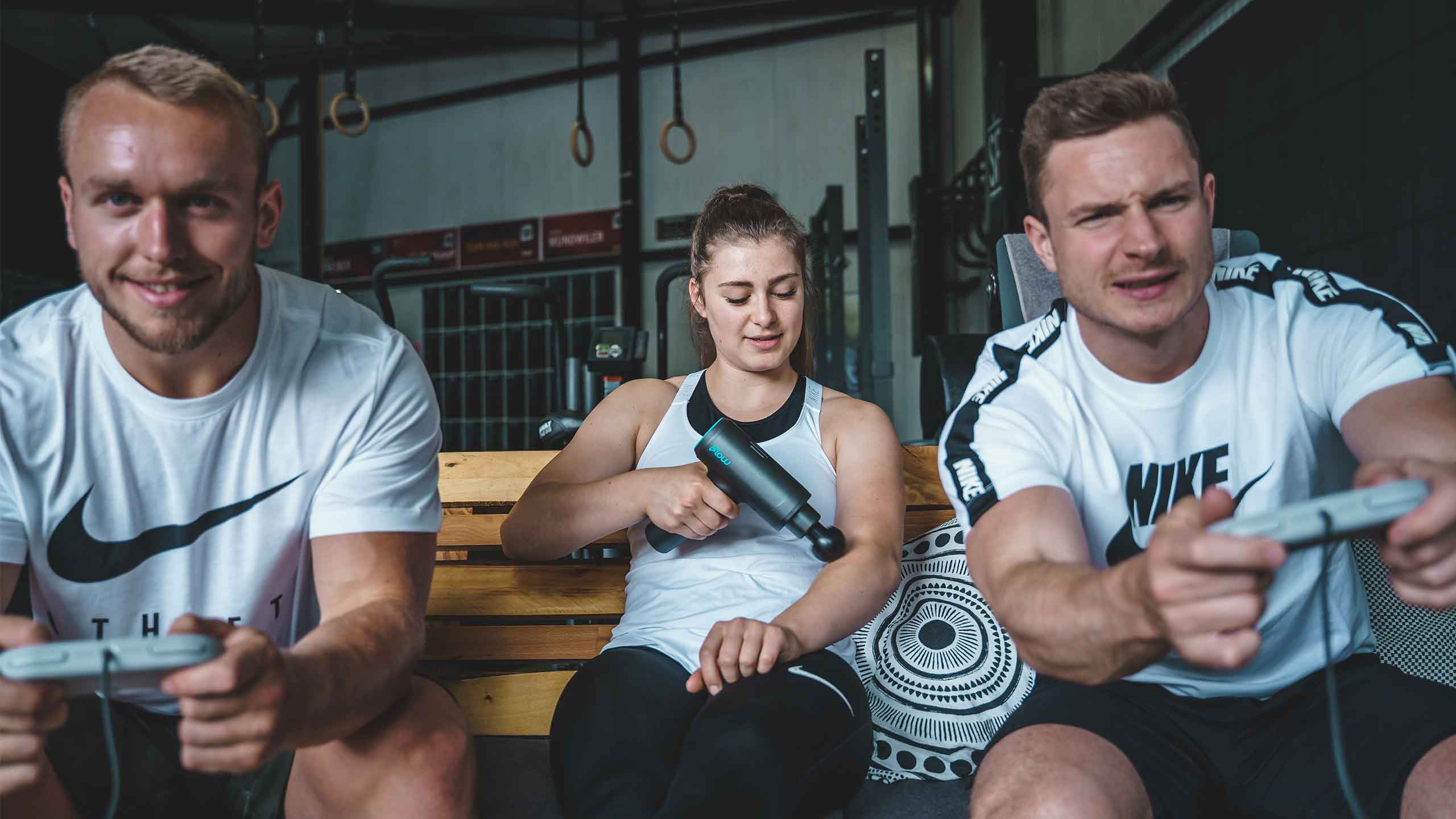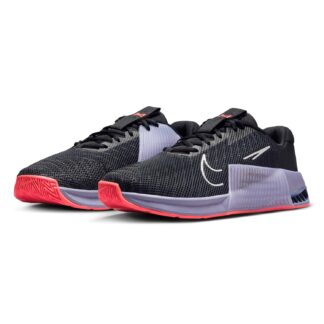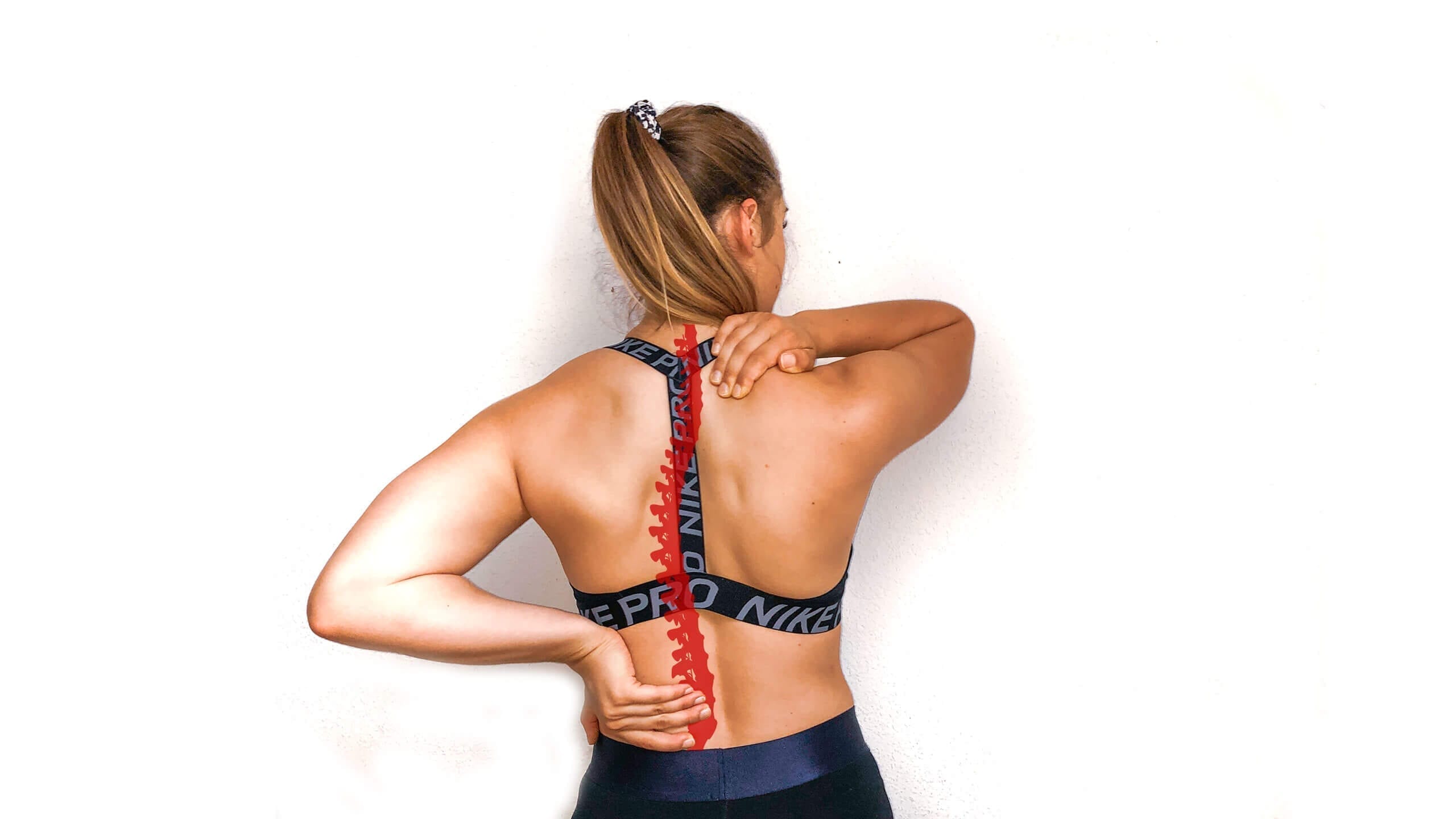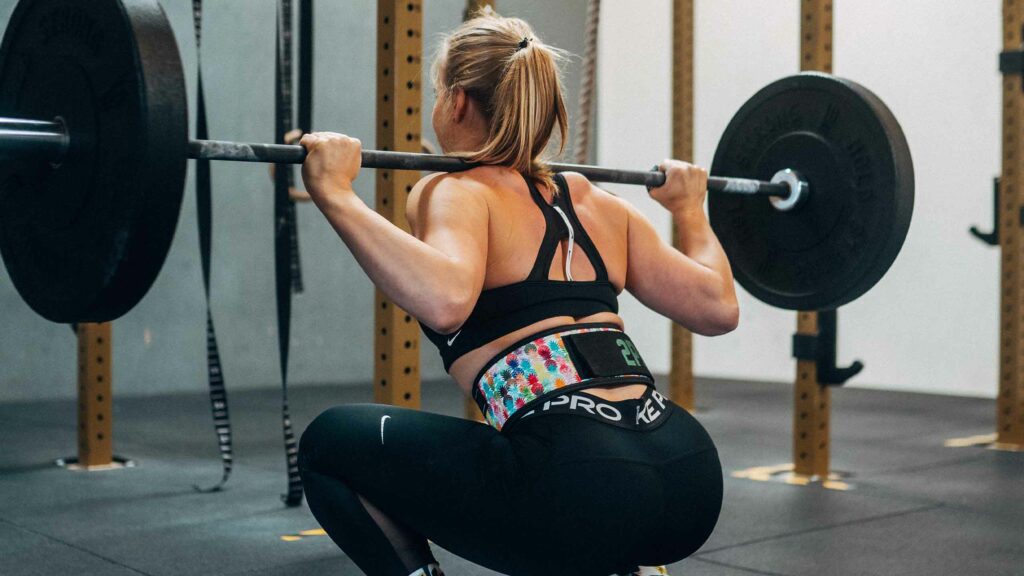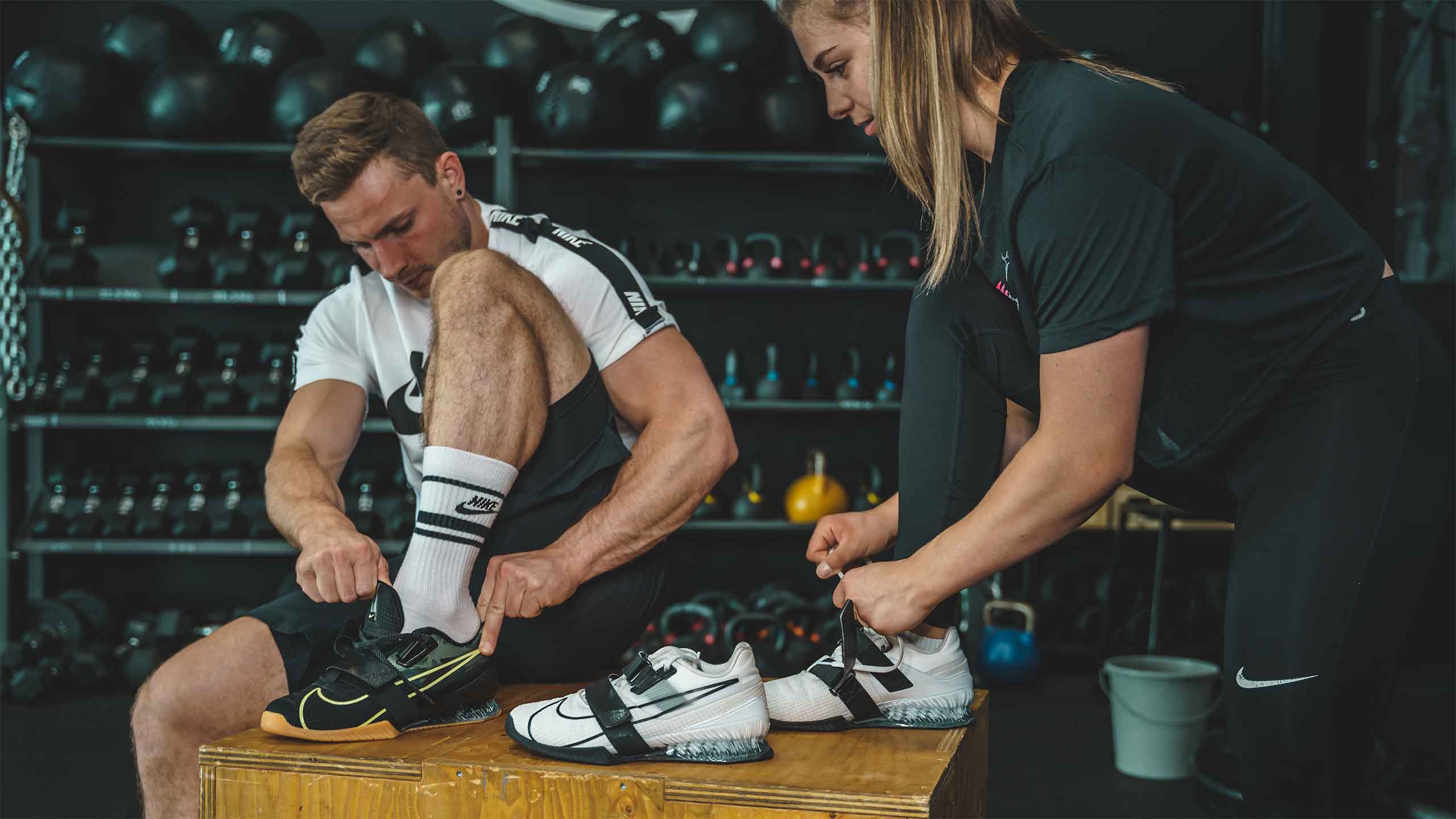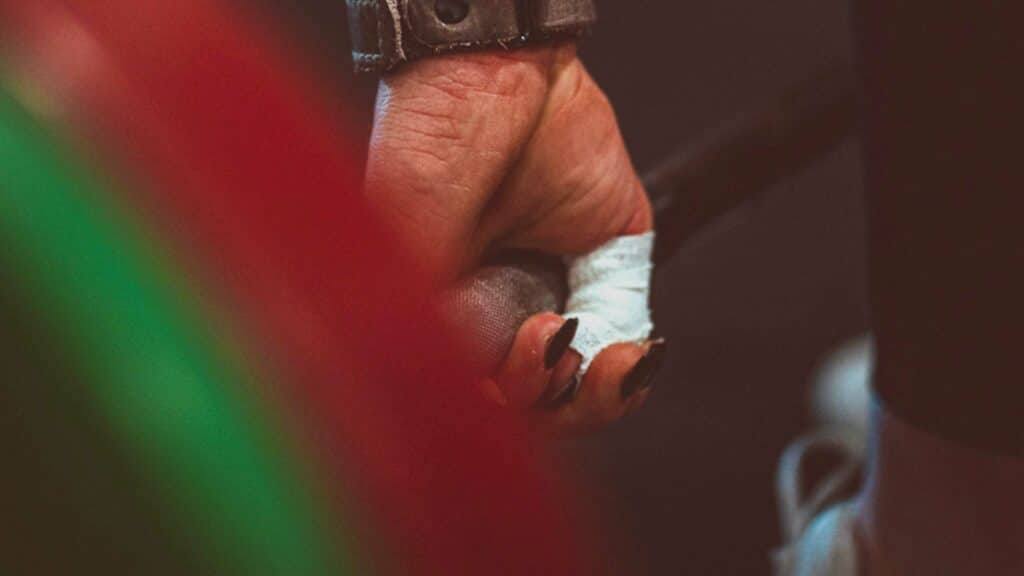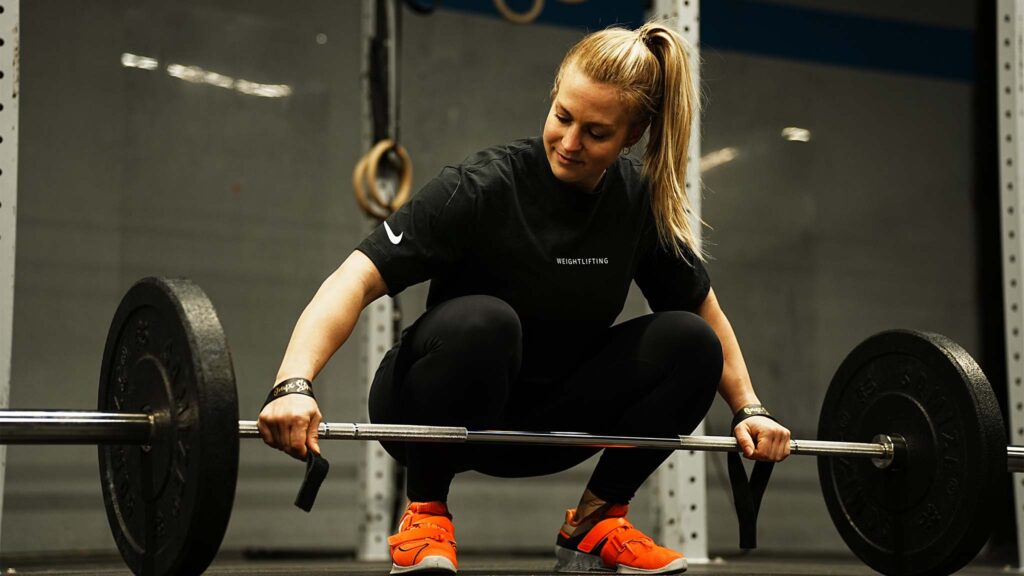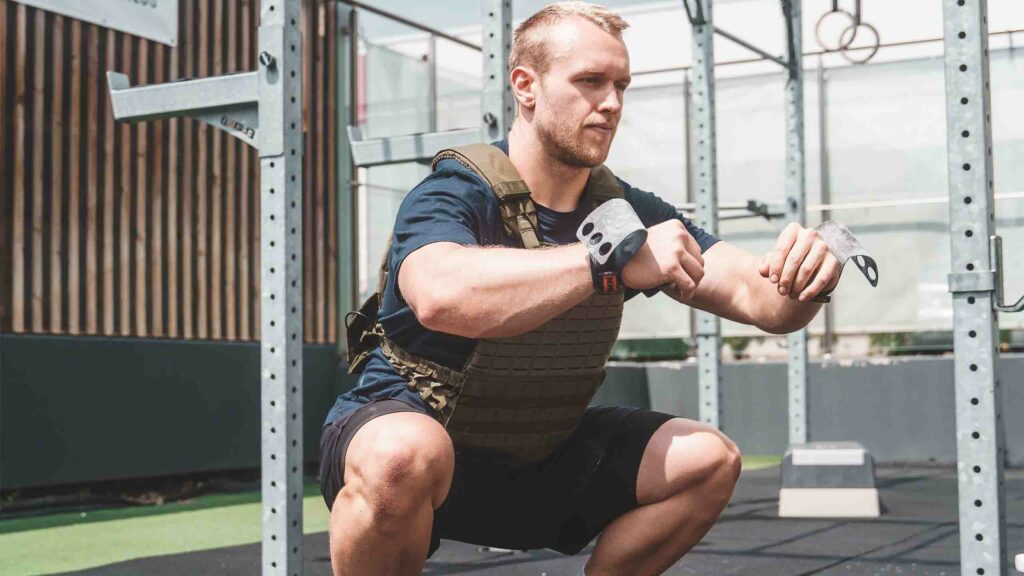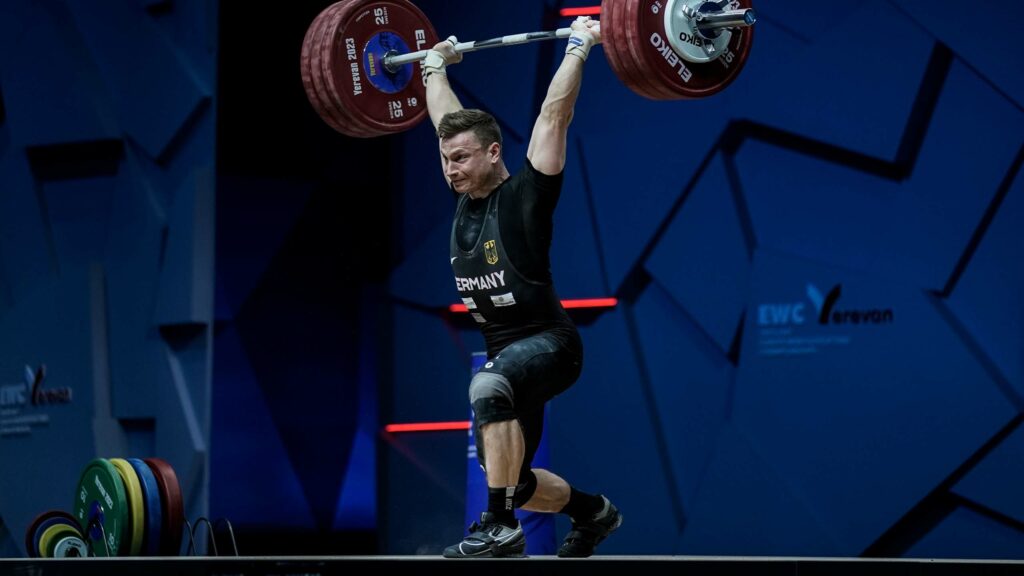Without appeal, there is no adaptation. And in order to make our body more resilient, we have to strain it. Basically, training is planned stress for the human organism. And when we train – when we stress it – we get tired. It is only through fatigue that we get better, because without an adequate training stimulus, our body does not have to adapt to anything. Why then is it so important to think about regeneration? Well, if we regenerate faster, then we can set more training stimuli in the same period. And only a balance between training and recovery brings our body to peak performance.
Recreation and regeneration
After the training we are exhausted and our performance is reduced for a certain time. 1 This condition varies depending on the training load. The ultimate goal of regeneration is to form a robust and resistant body that can repeat its maximum performance. Thus, the regeneration compensates for the fatigue of the training and restores homeostasis.
During training, we consciously expose micro-injuries. This causes small inflammations in the tissue, which the body must heal again. At present, it is assumed that this also forms the muscle soreness (Delayed onset muscle soreness). 2 We all know this feeling of muscle soreness and probably also the feeling of being really empty. A state in which our carbohydrate stores are completely exhausted. All these factors bring our organism out of balance.
Athletes with longer training experience can usually compensate for an intense unit better than a relatively inexperienced athlete. However, regeneration becomes slower and slower with age. Thus, for two athletes at the same level of performance, the age difference can fundamentally change the regeneration time. But also environmental influences, such as the climate, the altitude of the training site or even jet lag influence the ability to recover.
All regeneration measures must enable optimal adaptation of the training stimulus, develop a high training quality, effectively reduce the risk of injury and strengthen the resilience of the organism. But what exactly can we do about it?
Basics that anyone can do
Regeneration is based on three pillars: eating, drinking and sleeping. After an intense strength unit or after intervals on the track, we need to make sure that our body gets nutrients, especially carbohydrates and proteins. In order to rebuild the structures that we deliberately violated in training, the body needs just enough building blocks. 3
Our drinking behaviour is just as important as diet. As soon as we sweat, we lose water and the body begins to dehydrate. This condition slows down certain metabolic processes and thus reduces our performance. This applies not only to training, but also to everyday life. A good guideline is the colour of the urine. The clearer the urine, the better our water balance.
However, especially in very hot temperatures, we have to make sure that we also eat enough electrolytes. Because sweating not only loses water, but also salts and we can drink as much water as we want, without electrolytes our performance will be greatly reduced. The urine can be so clear.
And if you have to get up early after a short night, you know exactly how important sleep is. 4 However, it is not only the duration but also the regularity that is decisive. If we always lie down in bed at different times, our bodies will not get used to it and we will, for example, lie awake for an hour and stare at the ceiling. Regular bedtimes, including weekends, are therefore very important. 5 But even a midday sleep between two units or even during the lunch break can be very relaxing. The only important thing is that we don’t shut down to the point where we can’t build on performance after that.
What else can we do ourselves?
Leaking after intensive units can be very useful to metabolize degradation products. However, this is not absolutely necessary after every unit, so after long running intervals perhaps more important than after a heavy force unit. Other measures such as saunas, cold chamber or classic massages can probably have an additional positive effect on regeneration. 6 So far, however, only minor effects have been demonstrated. 7
We should decide for ourselves what we are making the most of. The aim is to use the support measures to guide the three pillars. So if we go to the sauna in the evening after the last session to shut down and fall asleep better, then that is a very good measure. During the lunch break we can use massages or meditations to start the second half of the day with energy. It just depends on it.
But also gadgets like a massage pistol or electric pods have their justification. The question is how much extra time we have and how much money we want to invest. If you don’t honor the basics, gadgets have little value for them.
Regeneration is at least as important as the training itself. Especially when we complete several sessions a day, we have to think about how to recover as best as possible during the breaks. This applies not only to the competitive athlete, but also to the amateur athlete.
REFERENCES
1) Westerblad H, Allen DG, Lannergren J. Muscle fatigue: lactic investing time and money in providing these modal- acid or inorganic phosphate the major cause? News Physiol Sci 2002; 17: 17-21
2) Cheung K, Hume PA, Maxwell L. Delayed onset muscle soreness: treatment strategies and performance factors. Sports Med 2003; 33: 145-64
3) Ivy, J.L. (2004). Regulation of muscle glycogen repletion, muscle protein synthesis and repair following exercise. Journal of Sports Science and Medicine, 3, 131-138.
4) Carskadon, M.A. & Dement, W.C. (1989). Normal human sleep. In M.H. Kryger, T. Roth & W.C. Dement (Eds.), Principles and practice of sleep medicine (3-13). Philadelphia, PA: WB Saunders.
5) Ferrara, M. & De Gennaro, L. (2001). How much sleep do we need? Sleep Medicine Reviews, 5(2): 155-179.
6) Barnett, A. (2006). Using recovery modalities between training sessions in elite athletes: Does it help? Sports Medicine, 36, 781-796.
7) Zainuddin Z, Newton M, Sacco P, et al. Effects of massage delayed-onset muscle soreness, swelling, and recovery of muscle function. J Athl Train 2005; 40: 174-80


